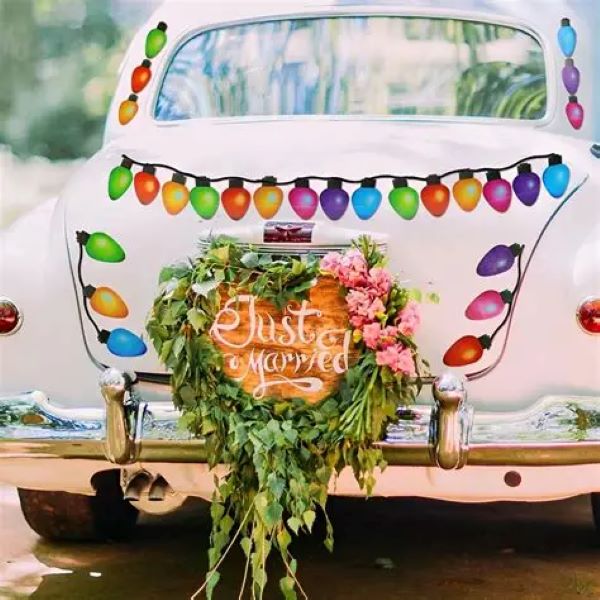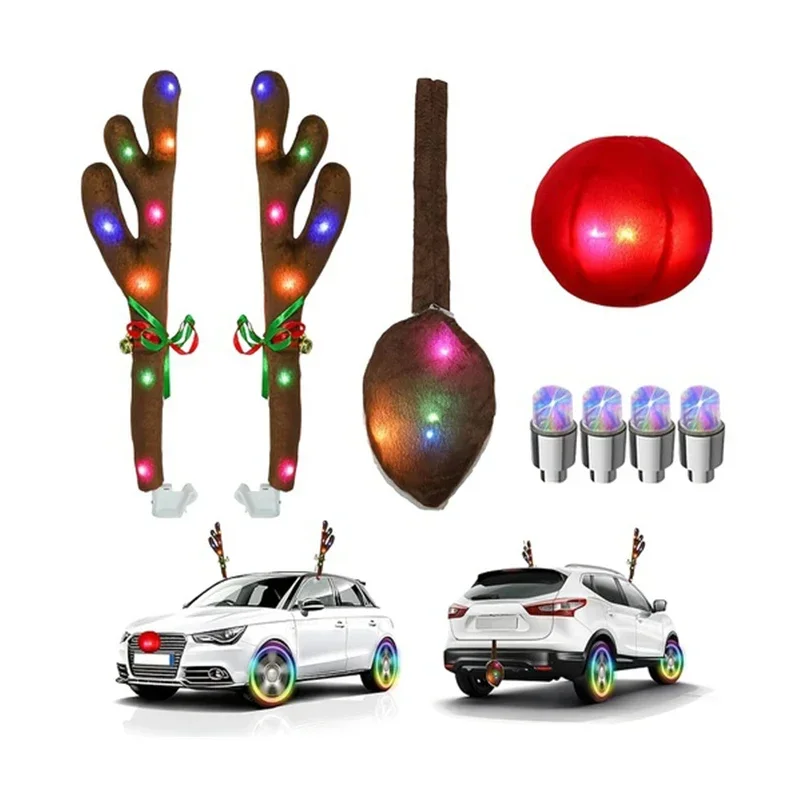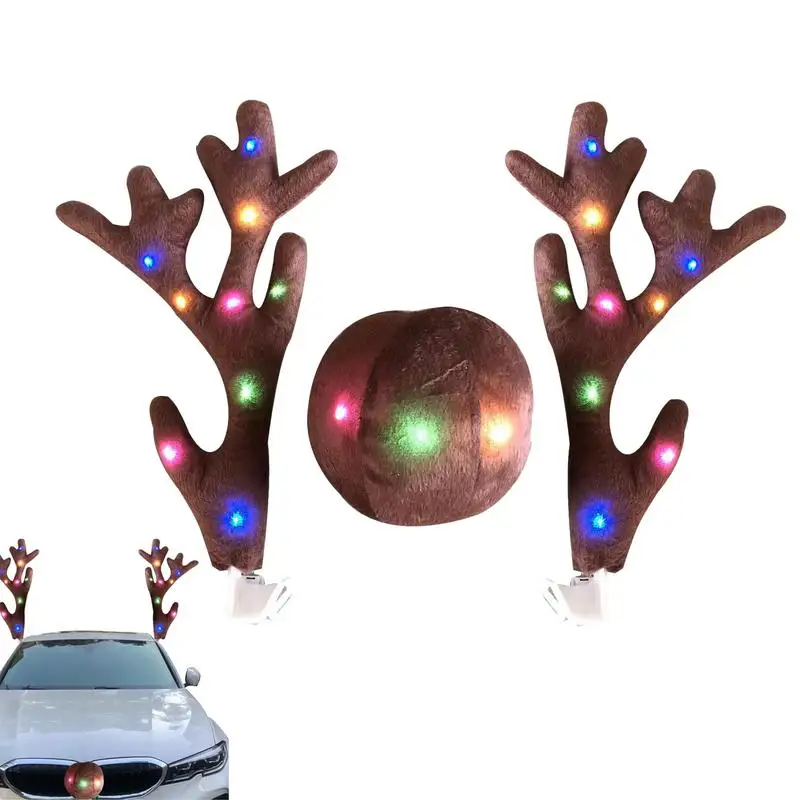Subaru, a name synonymous with all-wheel drive (AWD) vehicles and a passionate community, boasts a rich history filled with iconic cars. But what truly qualifies as a “classic Subaru”? While the definition can vary depending on personal preference and age, certain models stand out for their enduring appeal, innovative engineering, and lasting impact on the automotive landscape. This article delves into the world of classic Subarus, exploring some of the most beloved models and the reasons behind their enduring legacy.
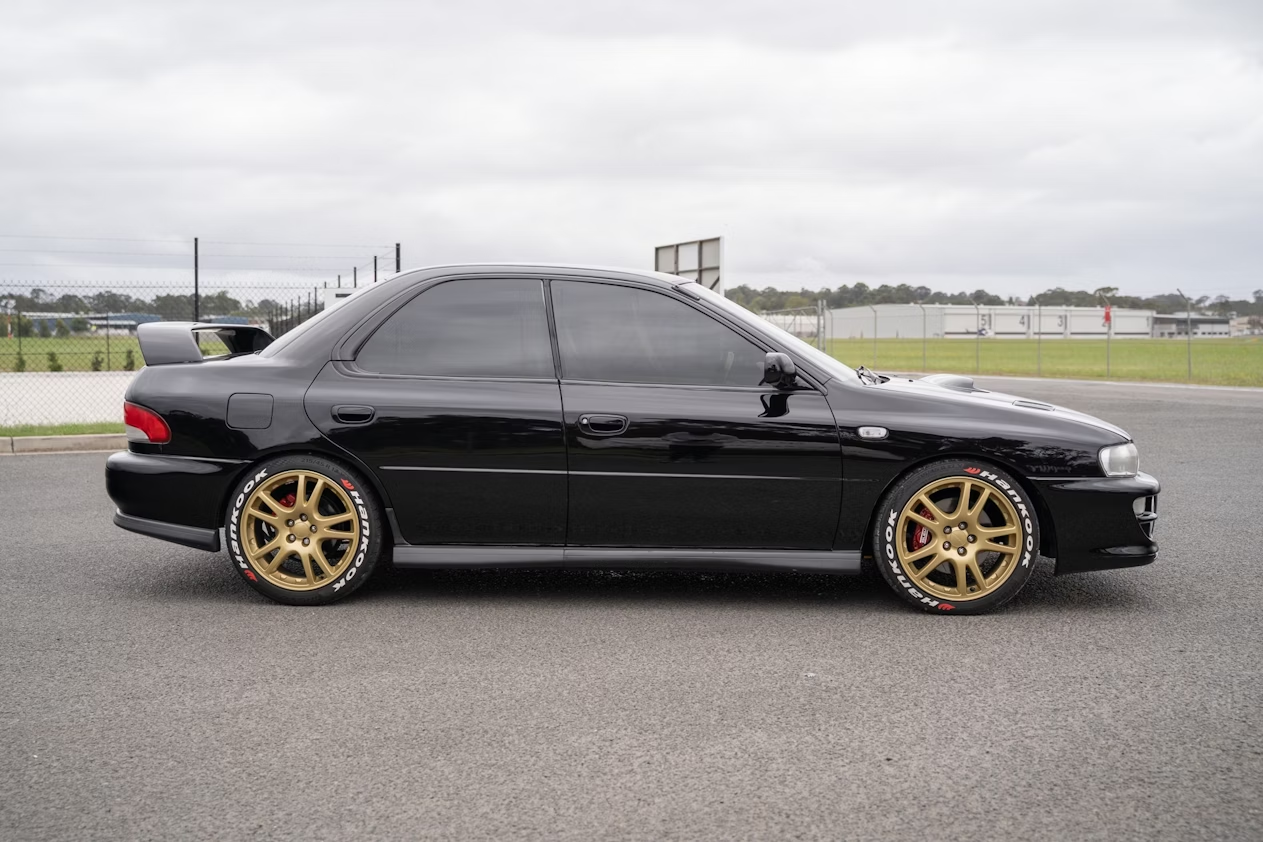
Early Beginnings: The Subaru 360 and the Leone
Subaru’s journey towards becoming an AWD champion began humbly. The Subaru 360, introduced in 1958, was a tiny kei car – a Japanese vehicle classification for lightweight, fuel-efficient cars. Despite its diminutive size, the 360 packed a punch with a rear-mounted, air-cooled engine. This unconventional layout offered a surprising amount of cargo space in the front, a characteristic that would become a Subaru trademark. The 360 proved its mettle, successfully traversing the treacherous Mount Fuji climb, showcasing the potential of Subaru’s engineering prowess.
The Subaru Leone, launched in 1971, marked a significant turning point. This compact car offered a full-time AWD system as an option, a rarity in its time. The Leone’s rugged construction and superior handling in adverse weather conditions quickly gained a loyal following, particularly among those living in snowy or mountainous regions. Subaru’s commitment to AWD solidified with the introduction of the permanent AWD system we know today in the 1980s.

Rally Royalty: The Impreza WRX and the Legacy
Subaru’s foray into the world of motorsport, particularly rally racing, further cemented its reputation for performance and reliability. The iconic Impreza WRX, introduced in 1992, became a legend on rally stages worldwide. Its potent turbocharged engine, aggressive body kit, and phenomenal AWD grip captivated enthusiasts. The “WRX effect” propelled Subaru into the hearts and minds of car lovers, not just rally fans. The Legacy, another key player in Subaru’s rally success, offered a more practical package with all the benefits of AWD. These rally-bred machines not only dominated podiums but also trickled down technology and performance enhancements to their production counterparts, blurring the lines between street and competition.
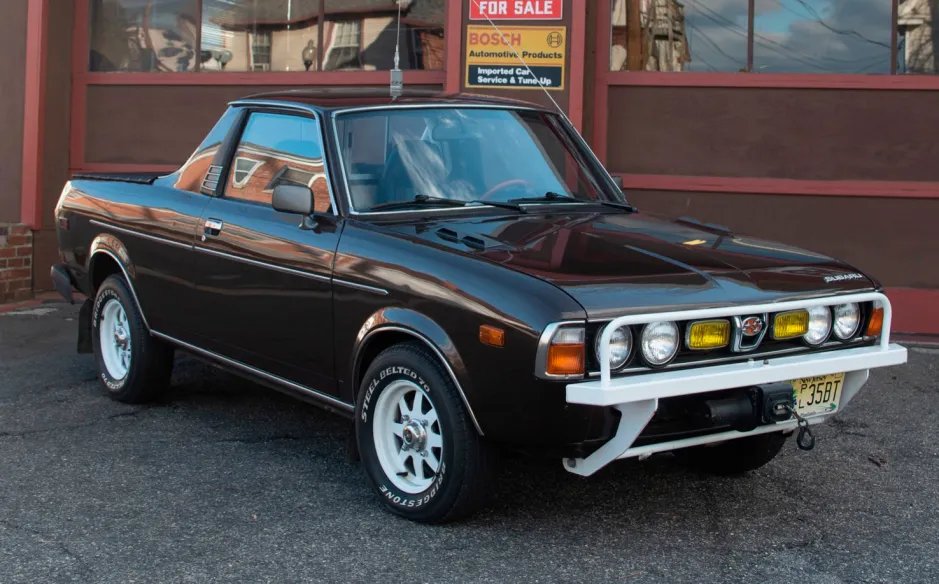
Beyond Performance: The Forester and the Outback
Subaru recognized that its AWD prowess could cater to a broader audience. The Forester, launched in 1997, offered a blend of SUV practicality with car-like handling and, of course, Subaru’s signature AWD. This unique proposition resonated with families seeking a safe and versatile vehicle for all-weather adventures. The Outback, introduced in 1994, built upon the Legacy platform, offering a wagon body style with increased ground clearance and rugged aesthetics. It proved immensely popular with those who craved a car that could handle off-road excursions while maintaining everyday practicality.

The Allure of Classic Subarus: More Than Just Cars
The enduring appeal of classic Subarus goes beyond their technical prowess. They represent a spirit of adventure, a go-anywhere, do-anything attitude that resonates with a particular type of driver. These cars foster a sense of community, with owners forming clubs and attending rallies to celebrate their shared passion. The ability of a classic Subaru to conquer snowy roads, navigate unpaved paths, or simply provide a reliable daily driver fosters a sense of trust and connection between car and owner.
Speculate on the future of classic Subaru cars as a cultural icon
The future of classic Subarus as cultural icons and enthusiast favorites seems bright, fueled by several factors:
-
Nostalgia and Collectibility: As time marches on, classic Subarus will become increasingly rare, especially well-maintained examples. This scarcity will likely drive up their collectability, attracting a new generation of enthusiasts who appreciate their historical significance and unique character.
-
Simple, Modifiable Platform: Classic Subarus are known for their relatively simple, mechanical nature. This characteristic makes them ideal platforms for modification, allowing enthusiasts to personalize their vehicles and extract maximum performance. The vast aftermarket support for these cars will likely continue, ensuring a vibrant modding scene for years to come.
-
DIY Ethos and Online Communities: The “do-it-yourself” (DIY) spirit is deeply ingrained in the Subaru community. The internet fosters a wealth of online forums and resources dedicated to maintaining, repairing, and modifying classic Subarus. This readily available knowledge empowers enthusiasts and fosters a sense of camaraderie, keeping the classic Subaru flame alive.
-
Enduring All-Wheel Drive Appeal: Subaru’s core competency, all-wheel drive (AWD), remains highly relevant. As interest in outdoor activities and overlanding adventures grows, the inherent capability of classic Subarus to handle challenging terrain will continue to attract enthusiasts seeking a vehicle that can go anywhere.
-
Environmental Concerns and Sustainability: The classic Subaru’s focus on mechanical simplicity translates to easier maintenance and potentially longer lifespans compared to some modern, complex cars. In a world increasingly concerned about sustainability, the ability to keep these cars running for decades could become a badge of honor for environmentally conscious enthusiasts.
However, challenges also exist:
-
Finding Parts and Qualified Mechanics: As classic Subarus age, sourcing replacement parts and finding mechanics familiar with their specific quirks could become more difficult. This could deter some potential owners and drive up maintenance costs.
-
Emissions Regulations: Stricter emissions regulations could make it more challenging to keep classic Subarus on the road legally, particularly in certain regions. This could force some enthusiasts to make tough decisions about modifications or future ownership.
Overall, the future of classic Subarus appears promising. Their iconic status, enthusiast appeal, and inherent capability are likely to ensure their continued relevance. However, navigating the challenges of parts availability, regulations, and potentially rising maintenance costs will be crucial for their long-term survival.

A Legacy that Lives On
The legacy of classic Subarus continues to inspire the brand today. Modern Subarus retain the core values established by their predecessors: a commitment to AWD, a focus on safety and reliability, and a dedication to innovation. However, they also incorporate modern technology, improved fuel efficiency, and enhanced comfort features. Subaru owners, both new and old, continue to appreciate the brand’s dedication to its core identity, a testament to the enduring legacy of those classic Subarus.
In conclusion, classic Subarus are more than just vintage automobiles. They represent a philosophy, a dedication to engineering excellence, and a commitment to providing drivers with the capability to explore and conquer any terrain. From the humble beginnings of the 360 to the rally-dominating WRX, the legacy of these cars lives on, inspiring generations of drivers and solidifying Subaru’s reputation as a leader in the AWD segment. As Subaru continues to evolve, one thing remains certain: the spirit of adventure and the core values embodied by those classic Subarus will continue to guide the brand towards an exciting future.



